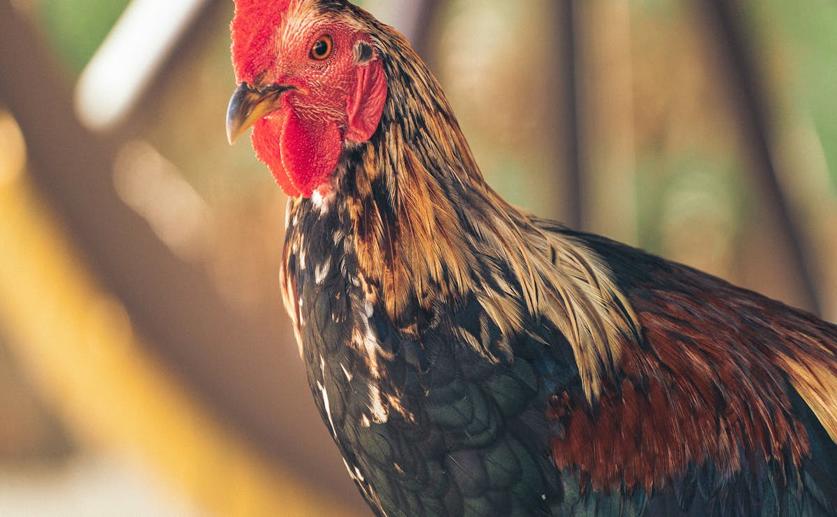
Identifying Key Genes for Unique Traits in Qingyuan Partridge Chicken
Jenn Hoskins
11th June, 2024

Key Findings
- The study focused on the Qingyuan partridge chicken, a local breed in China known for its unique traits and economic value
- Researchers found significant genetic diversity in the Qingyuan partridge chicken, with varying ROH patterns across different populations
- Specific genome regions with high ROH frequency were identified, suggesting these areas may contain genes responsible for the breed's desirable traits
References
Main Study
1) Genetic assessment and candidate genes identification for breed-specific characteristics of Qingyuan partridge chicken based on runs of homozygosity
Published 10th June, 2024
https://doi.org/10.1186/s12864-024-10492-y
Related Studies
2) Multiple maternal origins of chickens: out of the Asian jungles.
Journal: Molecular phylogenetics and evolution, Issue: Vol 38, Issue 1, Jan 2006
3) Chicken domestication: from archeology to genomics.
4) Early Holocene chicken domestication in northern China.
5) Variations in genome size between wild and domesticated lineages of fowls belonging to the Gallus gallus species.



 6th June, 2024 | Jim Crocker
6th June, 2024 | Jim Crocker